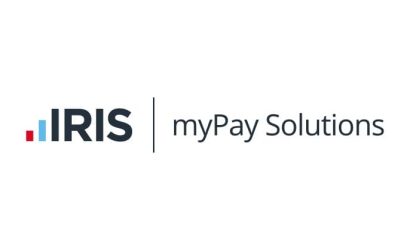Continuity of Employee Benefits When Changes Are Afoot
Updated 6th March 2025 | 4 min read Published 28th December 2021

M&A’s, or mergers and acquisition, are an exciting time for a company, as they can provide new opportunities for growth and expansion, as well as new areas for development, introduction to exciting markets, or even access to foreign cities and cultures across the globe.
For executives, the merger or acquisition process needs to be carefully delivered to ensure the future success of a business. Yet, for employees in more junior positions, M&A’s can feel like an unsettling moment of change, especially if trust and communication is lacking or damaged in the final delivery of a deal.
Where employee-related or other cultural issues can slowdown the success of a merger, it’s important to foster openness and create the right expectations for staff during larger moments of transition. This can often affect employment roles and responsibilities, including compensation or benefits. Taking care of people priorities can be productive for the longer-term health of your new business.
So, how can your business ensure continuity of employee benefits during times of change?
The early stages of a merger or acquisition
One key aspect to a successful M&A is accounting for employee benefits from early in the transition stage. Comparisons of like-for-like benefit provisions or policies as well as differences between companies and their benefits strategies or culture should be completed and reviewed early on. This will help ensure that when the transition takes place, changes can be made efficiently and without any issues for employees. This will also help outline any priority benefits, especially those that might impact the working life of your employees.
For areas such as healthcare, where employee insurance needs to be like-for-like, or even better than it was before, any delay in health insurance could be detrimental to health of your employees. Ensuring the smooth transfer of these priority benefits, such as healthcare perks, can help calm any anxieties your staff might have about an upcoming merger.
Continuity of benefits
After a long period in a transition phase before a merger or acquisition completes, employees must understand what their benefits are, and be informed of any changes that are planned.
For example, it may not be practical to convert employees immediately to a new insurance plan. Instead, it might be more applicable that they are moved in due course; to allow for cohesion, greater buying power and greater negotiation rights for the company. Part of your strategy should be ensuring that the combination of your companies’ benefits programme can be matched and easily transferred.
A company with a largely different culture and benefits programme is likely to be either incompatible or undesirable for a merger, because this can disrupt the synergy of a deal. A tech company with unlimited vacation allowance and an open policy towards sick leave would struggle to integrate with a more formalised culture from a business where vacation is provided as a legal minimum and employee leave is monitored and evaluated. The compatibility of polices would create a conflict, because they operate very differently.
Communicating changes about benefits
During the merger and acquisition process, benefits for employees are often anticipated to change, if not improve for the better. In some scenarios, unfavourable changes to benefits can undermine employee satisfaction and indirectly affect the continuity of your operation, especially during a transitional moment when it’s needed most. Therefore, communicating with employees about their current benefit plans, including surveying opinions and identifying areas for development, is critical to the success of the proposed M&A deal.
Regular and constructive contact with employees surrounding the best parts of their benefits - including financial renumeration as well as other benefits - is very important. This could be an increase in vacation days, perhaps the introduction of a bonus scheme or a change in their company perks plan. All this should be communicated openly to avoid upsetting the continuity of your operation during the oftentimes sensitive process of an M&A.
Is it time for benefits to become active?
After a deal completes, it may seem practical to simply apply the benefits from the immediate date the transition ends, and the M&A concludes. However, in practise this may not be entirely possible. There may be, for example, cooling off or waiting periods for some insurance companies. There may also be a requirement to fulfil the remaining time on a policy, such as a number of years, and completing the transfer of business may take priority during this time.
Employee benefits can be addressed gradually. For example, you could establish a period of 12 months to allow for the transition of the employees to their new respective benefits. Transferring employees from their old to new benefits can even be staggered, which will enable you to prioritise how benefits are delivered across your business and ensure a level of equity as part of your overall benefits strategy.
Working with IRIS FMP
The process of harmonising benefits as part of an M&A deal can however become complicated if local legislation prevents you from restructuring benefits to your advantage. In such cases, it’s advisable to get in touch with a HR expert.
During an M&A deal, it can be a stressful time for a company’s existing HR team, and if they're not well versed in global employment rights and responsibilities, then complications can undermine your operation.
For expert assistance during transitions like M&As, get in touch with IRIS FMP. Make sure your business has the right partner ahead of change.




